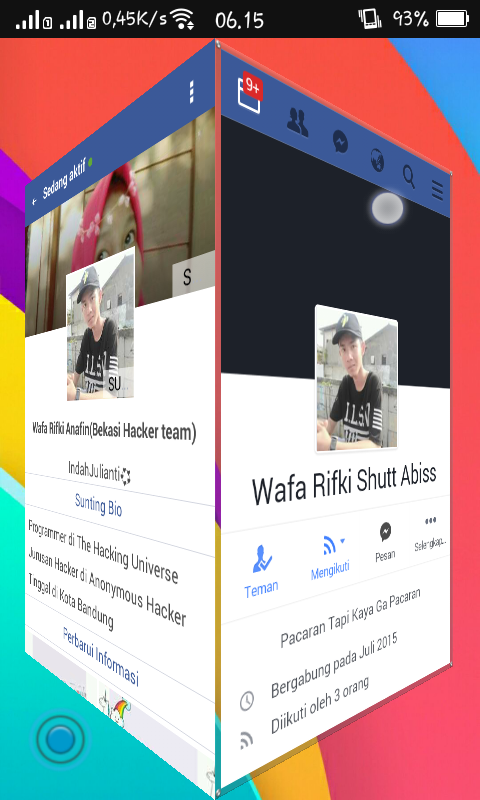
Latest Zune firmware, software allows Wi-Fi music purchases, FM tagging: Microsoft confirmed the 16-Sept-2008 release of new Zune firmware and players, allowing users of old and new devices alike to purchase music over Wi-Fi from the Zune Marketplace. The new firmware also sports FM tagging that uses information that some broadcasters will embed in their analog programming to tag songs for immediate purchase (single track) or download (Zune Pass subscription) over a Wi-Fi hotspot, or to queue for later download.
Apple added access for iPhone and iPod touch users to a subset of its iTunes Store over Wi-Fi--the awkwardly named iTunes Wi-Fi Music Store--more than a year ago, along with the ability to access that store at no cost from handhelds and laptops via Starbucks outlets in New York, Seattle, and throughout the San Francisco Bay Area. (Chicago and Los Angeles have been 'coming soon' for a year, but the new AT&T/Starbucks deal may have delayed opening up those markets.)
Picolay is a focus stacking software with multiple uses. It can perform image processing, create slide shows, make animated GIF images, and more. Chasy Draw IES Chasys Draw is capable of providing super-resolution image stacking, supports icon editing, can convert multiple files images, and many more. Runs on Windows XP, 2003, Vista, 7, 8, and 10. Focus stacking app.
Microsoft's third major revision to its wannabe iPod killer, the Zune, is all about the software. Download video kamen rider kabuto the movie sub indo. But only one feature really stands out: the ability to buy. If you're on a Wi-Fi network, you can purchase and download the song immediately. It's a clever usability hack and one that might wind up making the Zune.
Terrestrial AM/FM radio stations would like to figure out how to remain meaningful in a world of streaming Internet radio. Their latest strategy is to embed information that allows a listener to mark a song they want, potentially getting a piece of music sold in this fashion. With FM tagging, Zune players tap into an existing very low-data-rate encoding protocols that allow stations to push out their call letters and current song information. By adding a very short code, broadcasters can allow Zunes to look up the appropriate song.
At launch, 450 stations from major networks, including Clear Channel, Entercom, and others, will broadcast tagging details. Note that Microsoft includes KEXP, a Seattle independent and alternative radio station, in its sample image, for the new models. KEXP, given a boost a few years ago through significant short-term funding by Paul Allen--funding that involved changing its call letters to his Experience Music Project museum initials--has an enormous listenership over the Internet ironically enough. KEXP will be a programming partner creating channels of music for the subscription-based Zune Pass service. (Zune Pass is $15 per month, all you can eat.)
This option could allow Microsoft to ink partnerships with hotspot networks to brand them with Zune compatibility, lets radio stations promote something other than iPods that they would have a direct relationship with (and, potentially, some kind of revenue stream from?), and may be part of breaking Apple's digital music hegemony. May be. Nobody's gotten rich betting against Apple for the last several years. (Details of revenue sharing with radio stations hasn't been discussed.)
Apple opted for a partnership with HD Radio broadcasters and equipment makers that has a relatively elaborate process of tagging songs. HD Radio is digital AM/FM, a patented and licensed method that has provoked a lot of controversy, and has lagged enormously in the marketplace, despite well over 1,000 stations (including many public radio stations) broadcasting in this digital format, some for over three years.
HD Radio tagging requires an HD radio receiver with a Tag button; pressing that button stores the song's tag information. The radio must also have an iPod dock. Docking an iPod syncs the tag information, and the next time the iPod is sync with iTunes, you can see which songs were tagged. Kind of tedious compared to 'press a button while listening to an FM station and buy the song over Wi-Fi.' (I've been writing about HD Radio for years, and even launched a blog that's gone moribund; the technology is interesting, but Internet radio on mobile devices coupled with on-demand music purchasing over cell and Wi-Fi may simply make HD Radio unnecessary for listeners.)
Microsoft has a more compelling 'marketing story' for this feature than Apple, that's for sure. On the other hand, do you really need to tag songs from stations that play only the most popular music in a given format?
Here is one that really got some of us at the HAD offices excited (yes, we own Zunes). The introduction of the Open Zune Development Kit. Sure, there was XNA, and we even toyed around with it. But anyone will quickly realize just how limited XNA is, especially with older hardware.
OpenZDK is in its infancy, with only one application thus far (don’t worry, you can still use XNA apps too). But we wanted to give it a shout out and let the hacker community make this potential into a reality.
[Thanks Galen]